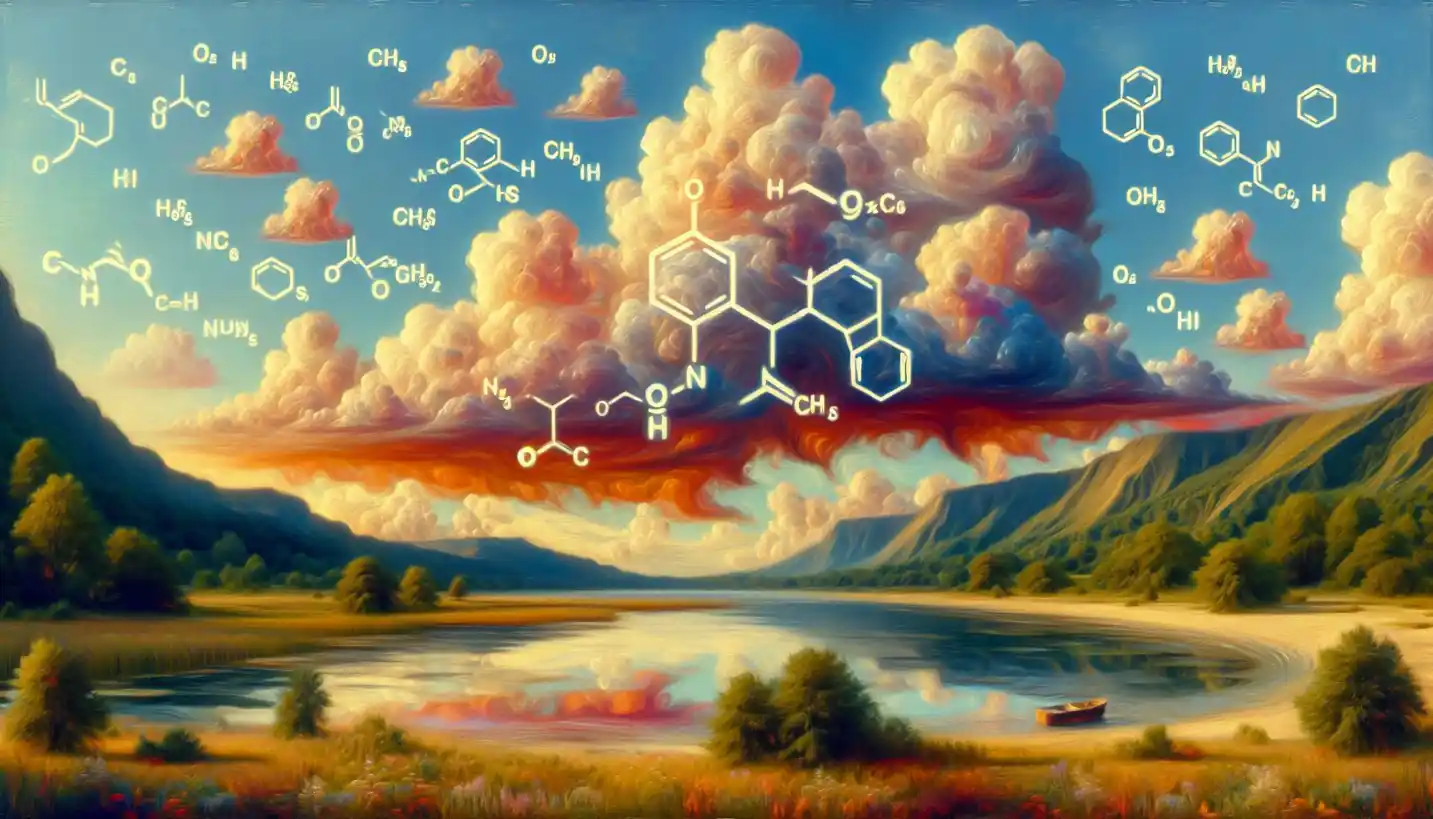· Chemistry · 4 min read
Unveiling the Stokes Shift: A Photochemistry Phenomenon
The Stokes shift phenomenon explains how light absorbed by molecules gets re-emitted at a different wavelength. This shift is central to many photochemical processes.

In the world of photochemistry, the Stokes shift is a fascinating concept that plays a crucial role. Picture this: you’re at a party with vibrant lights, and in the center of it all is a brilliantly colored disco ball spinning and reflecting light in various shades. That change in color mirrors the essence of the Stokes shift—the difference in color (or wavelength) between the light absorbed and the light emitted by a substance.
What is the Stokes Shift?
At its core, the Stokes shift is about energy transition. When a molecule absorbs light, it gains energy and jumps to a higher energy state. This excited state doesn’t last long. As the molecule returns to its normal state, it releases energy in the form of light. However, this emitted light usually has less energy than the light absorbed because some of it gets lost to vibrations and heat within the molecule. This difference between the absorbed and emitted light is what we call the Stokes shift.
How Does the Stokes Shift Work?
Think of a rubber band. When you stretch it, you pump energy into it, much like a molecule absorbing light. But, once you let it go, it snaps back, releasing the energy you put into it, albeit a bit less than what you initially gave. The molecule’s journey is similar: energy is absorbed, some of that energy is used up internally, and what’s left is emitted as light, but with a lower energy wavelength.
The Significance of the Stokes Shift
The Stokes shift might sound like a niche concept, but its implications are vast. It’s an essential factor in designing fluorescent dyes and markers, especially in fields like biology and medicine. These dyes are used to tag molecules so scientists can track them under a microscope. By understanding the Stokes shift, researchers can develop dyes that are brighter and more efficient, leading to clearer and more precise images.
In technology, this concept is a key player in the development of efficient solar panels and LED lights. It helps scientists optimize how these devices convert energy, making them more effective and less expensive over time.
Real-World Applications of the Stokes Shift
Let’s dive into some practical examples. In medical diagnostics, the Stokes shift allows for the creation of better imaging technologies. Take fluorescence microscopy, for instance. By tagging cells with fluorescent markers, scientists can visualize complex cellular processes in bright, distinct colors. This capability is pivotal in identifying diseases and understanding biological pathways.
Another example is in environmental monitoring. Dyes that utilize the Stokes shift are used to detect pollutants and toxins in water sources. These dyes can respond to specific chemicals, changing their emission profile, which alerts scientists to the presence of harmful substances.
A Historical Perspective on the Stokes Shift
The discovery of the Stokes shift dates back to the 19th century, thanks to the pioneering work of Sir George Gabriel Stokes. He experimented with fluorescence, observing the curious phenomenon where the emitted light had longer wavelengths than the absorbed light. His findings opened the door to modern photochemistry and have since influenced countless scientific advancements.
The Stokes Shift in Future Research
What does the future hold for the Stokes shift? Imagine developing advanced materials for next-generation optical devices or creating even more sensitive diagnostic tools for early disease detection. The potential is vast and exciting. Researchers are continuously exploring new ways to harness the Stokes shift, particularly in nanotechnology and quantum computing, areas that promise to revolutionize our everyday lives.
Conclusion
The Stokes shift may seem like a small component of photochemistry, but it’s a powerhouse of potential and innovation. From vibrant fluorescent dyes lighting up our scientific understanding to crucial advancements in environmental monitoring and medical diagnostics, this phenomenon is a linchpin in many transformative technologies.
As science progresses, the knowledge and application of the Stokes shift will only deepen, leading to breakthroughs that we can hardly imagine today. Whether you’re a budding scientist or just curious about how light interacts with matter, understanding the Stokes shift opens a window to a brighter, more color-filled world of discovery.



